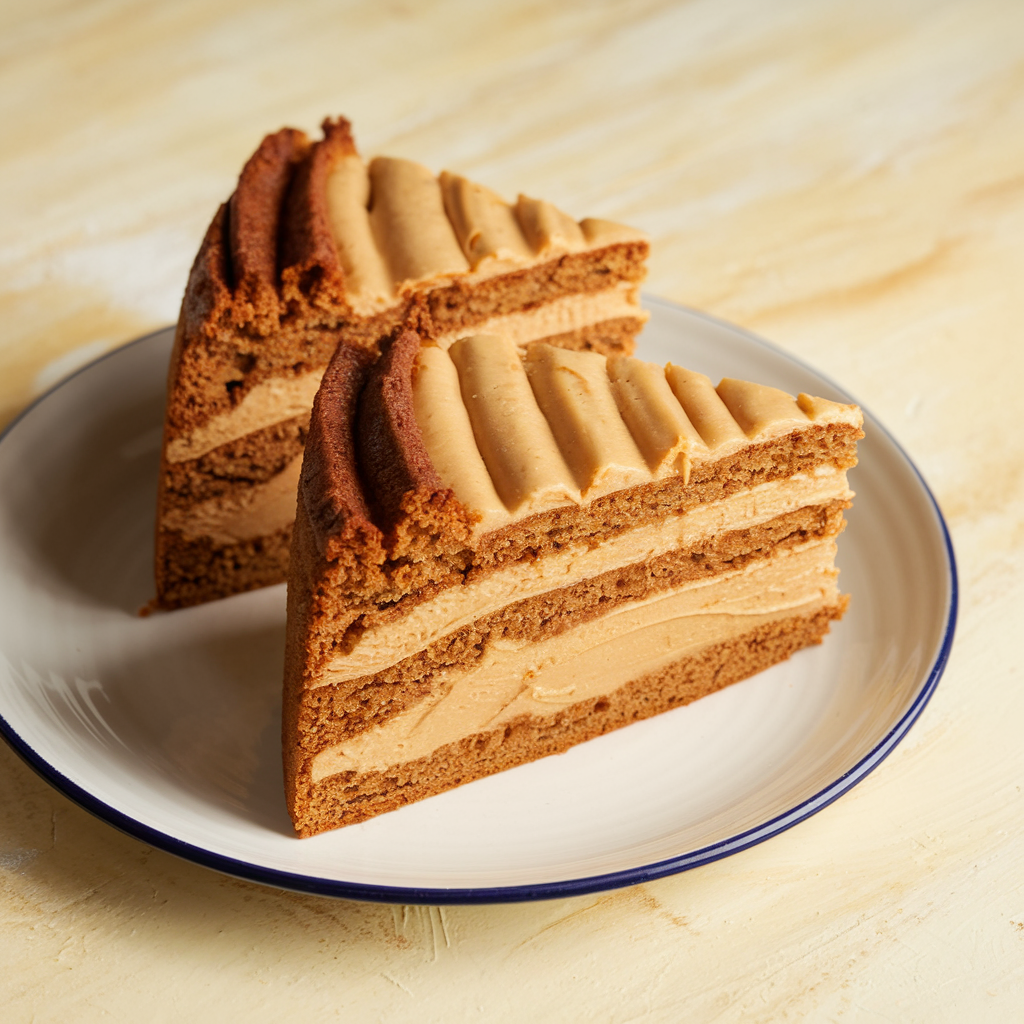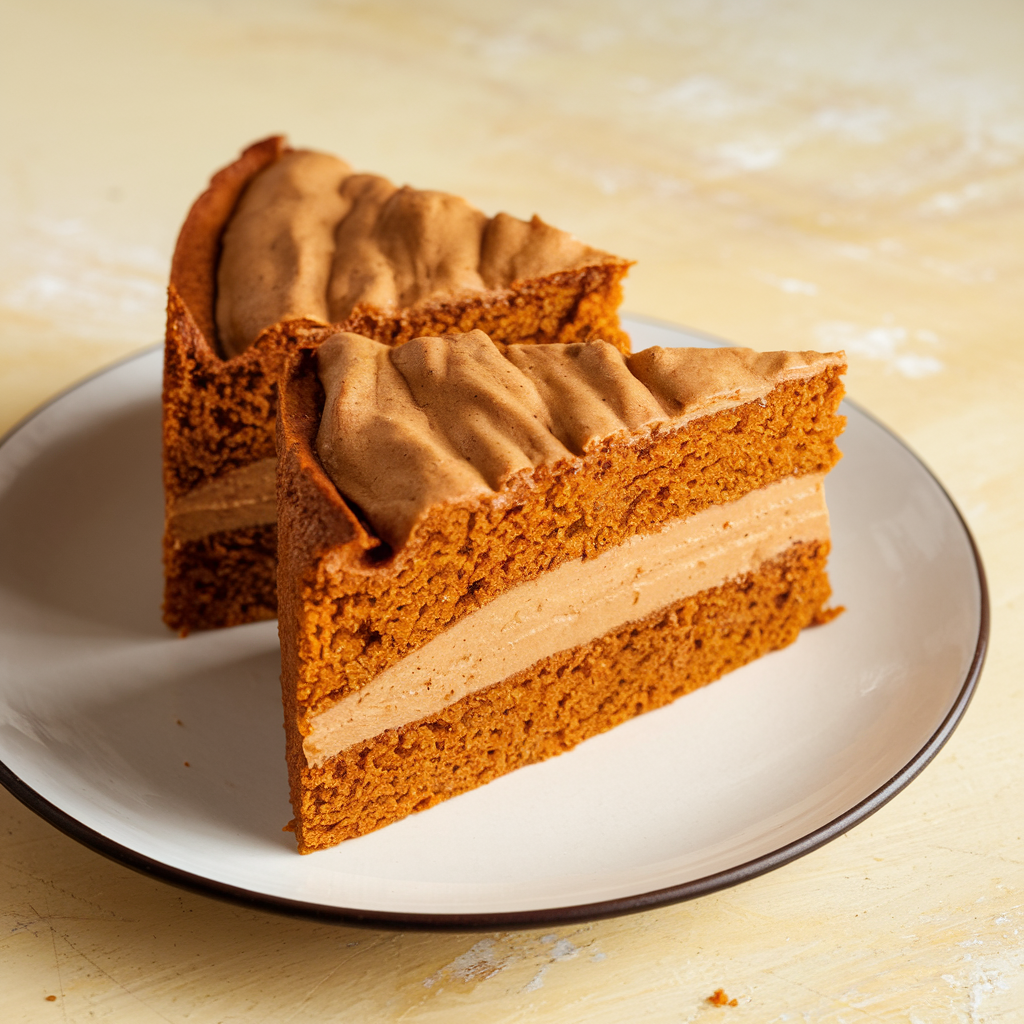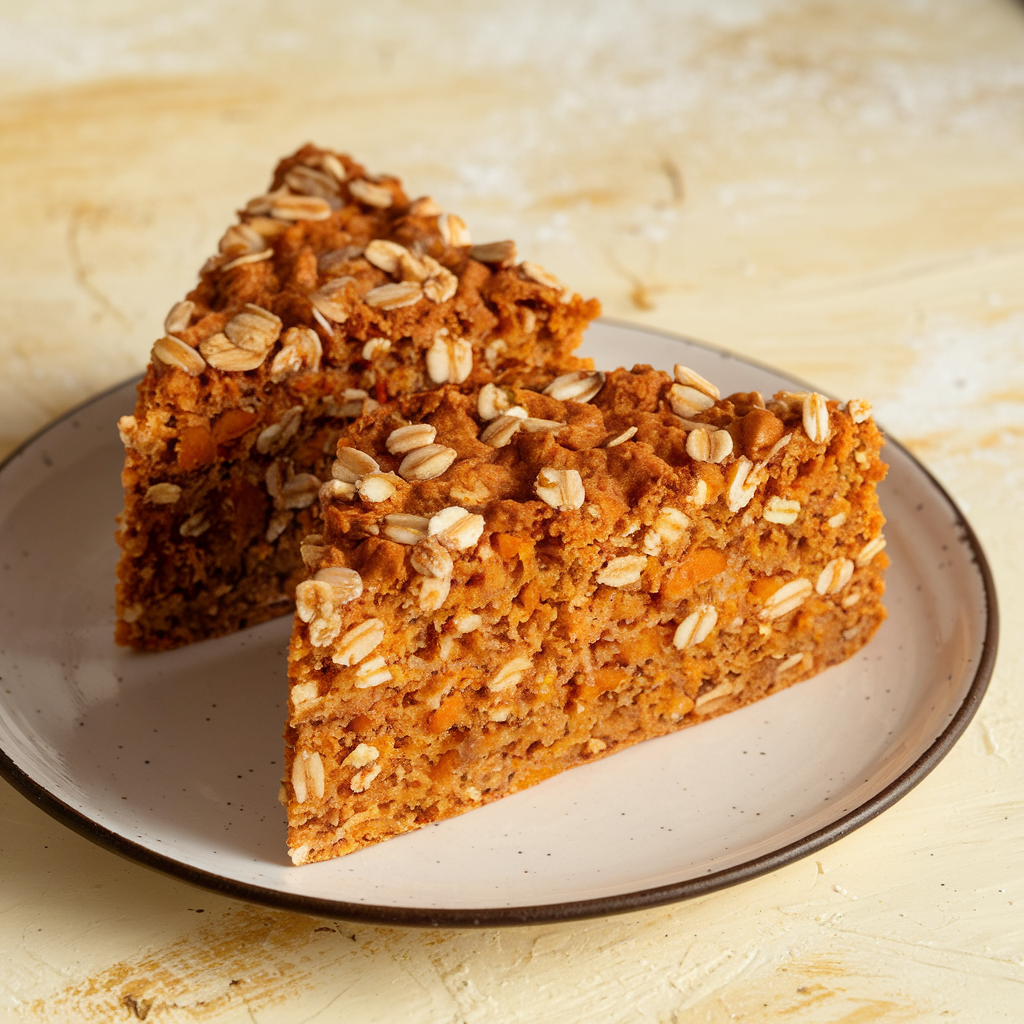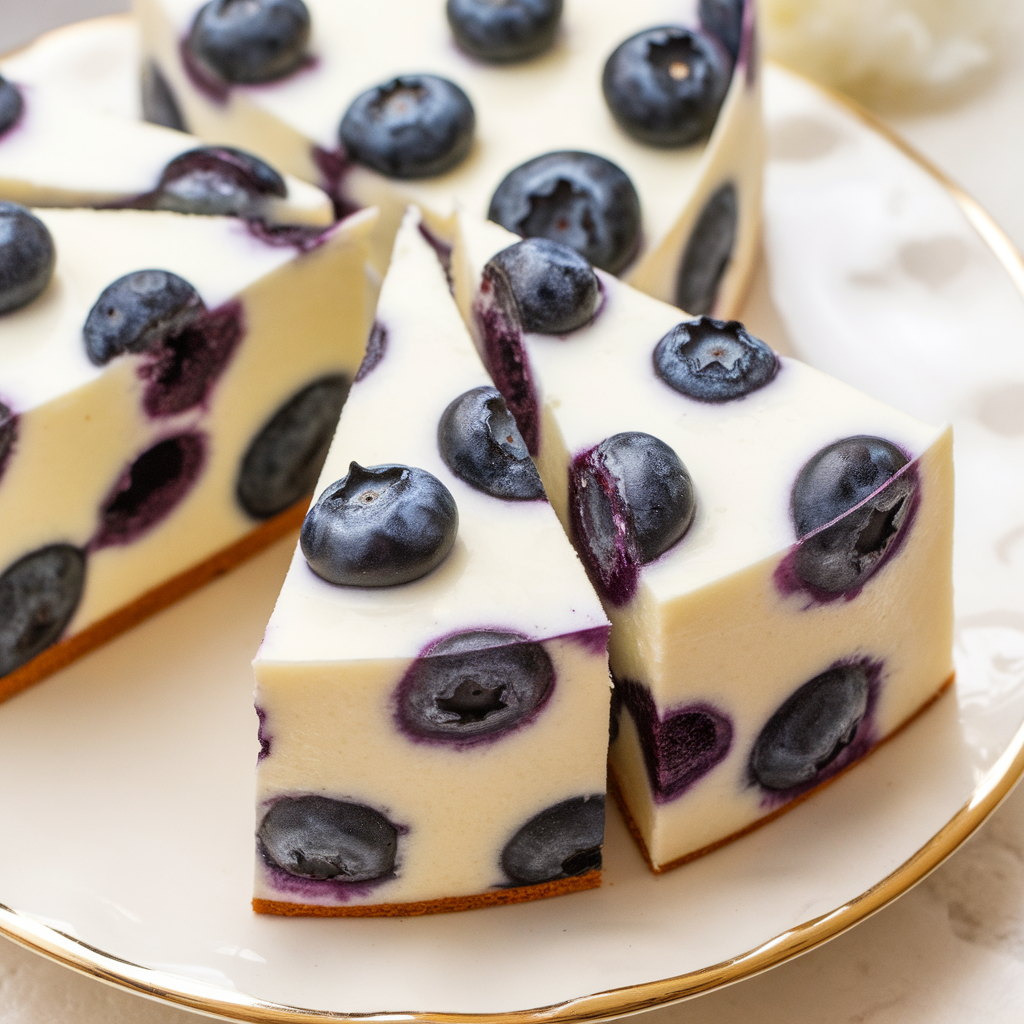A Skin-Soothing, Heart-Healthy Homemade Meal Your Dog Will Love
If your pup suffers from itchy skin, digestive issues, or simply needs a change from chicken or beef, this Salmon & Oatmeal Dog Food Recipe might just be the perfect fit. It’s packed with Omega-3s, gentle on sensitive stomachs, and made with simple, nourishing ingredients.
Best of all, it’s one of those recipes that looks and smells good enough that you might find yourself thinking, “I’d eat this, too.”
Salmon is a fantastic protein source for dogs. It’s rich in essential fatty acids that promote a healthy coat, support joint health, and strengthen the immune system. When paired with easily digestible oatmeal and a few dog-safe veggies, it becomes a balanced, wholesome meal that’s great for everyday feeding—or for when your dog needs an anti-inflammatory boost.
This recipe is also a smart option for dogs with food sensitivities. It’s gluten-free, dairy-free, and easy to adapt to your pup’s preferences. Whether you use fresh or canned salmon, it cooks up quickly, stores beautifully, and works well as a full meal or a topper for kibble.
What You’ll Need
- 1 pound cooked boneless salmon (fresh or canned in water, no salt)
- 1 cup old-fashioned rolled oats
- 1 cup shredded carrots
- 1 cup chopped spinach
- 2 ½ cups water or low-sodium vegetable broth
- 1 tablespoon olive oil or flaxseed oil
Pro Tips
- Always remove all bones from salmon before feeding to your dog. Even tiny ones can be dangerous.
- Use plain, unsalted canned salmon if fresh isn’t available—just make sure it’s packed in water.
- Rinse oats before cooking to reduce starch and improve digestibility.
- Stir spinach in at the end to preserve its nutrients and color.
- Let the mixture cool completely before serving to avoid burns and improve palatability.
Tools Required
- Medium saucepan or skillet
- Cutting board and knife
- Measuring cups and spoons
- Mixing spoon or spatula
- Storage containers or freezer-safe bags
Substitutions and Variations
- Protein: Try canned mackerel, sardines (in water), or cooked turkey as alternatives.
- Vegetables: Swap carrots with green beans, sweet potatoes, or zucchini.
- Grains: Substitute oatmeal with quinoa or brown rice if preferred.
- Fats: Use coconut oil or salmon oil instead of olive oil for added coat support.
- Digestive Boost: Add a spoonful of plain pumpkin or a pinch of turmeric before serving.
Make Ahead Tips
This recipe can be made in large batches and frozen in individual portions. Once cooled, divide it into containers or silicone molds. It will keep in the fridge for 3–4 days and in the freezer for up to 3 months. Thaw overnight in the fridge and serve at room temperature or slightly warmed—never hot.
Instructions
1. Cook the oatmeal
In a saucepan, bring 2 ½ cups of water or broth to a gentle boil. Stir in the oats and reduce heat to a simmer. Cook for about 10 minutes, stirring occasionally, until soft and creamy.
2. Prepare the vegetables
While the oats cook, shred the carrots and chop the spinach. Set aside.
3. Flake the salmon
If using fresh-cooked salmon, let it cool slightly and flake it with a fork. Be sure to remove all bones and skin. If using canned, drain and flake thoroughly.
4. Combine all ingredients
In a large bowl or the saucepan, combine the cooked oats, flaked salmon, carrots, and olive oil. Stir well. Add the spinach last and stir until just wilted.
5. Cool and portion
Remove the mixture from heat and allow it to cool completely before portioning into your dog’s bowl or storage containers.
Leftovers and Storage
Store cooled food in the fridge in airtight containers for up to 4 days. Freeze extra servings in silicone molds or freezer-safe bags for up to 3 months. Thaw in the fridge overnight and serve at room temperature or gently warmed.
Conclusion
This Salmon & Oatmeal Dog Food Recipe is a wonderfully soothing, nutritious choice—especially for dogs with allergies, digestive sensitivities, or skin conditions. Rich in protein, fiber, and healthy fats, it supports your dog’s coat, immune system, and overall health in every bowl.
The beauty of this recipe lies in its simplicity and versatility. It’s made with real ingredients you can trust, and it’s easy to adapt depending on your dog’s preferences or what’s in your kitchen. Once you see how enthusiastically your dog eats it—and how well they thrive—you’ll understand why so many pet parents are making the switch to homemade.
Have you tried this recipe? I’d love to hear how it worked for you and your pup! Share your story in the comments, let me know if you made any tweaks, or ask questions—I’m always happy to help you cook healthy, homemade meals for your best friend.





